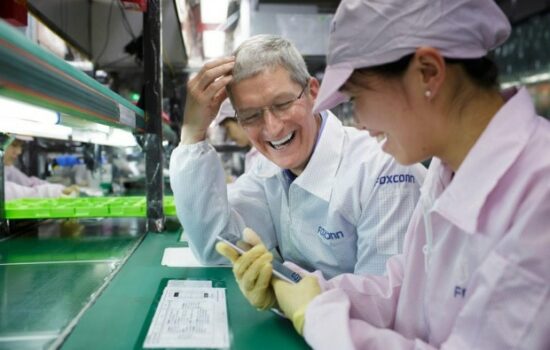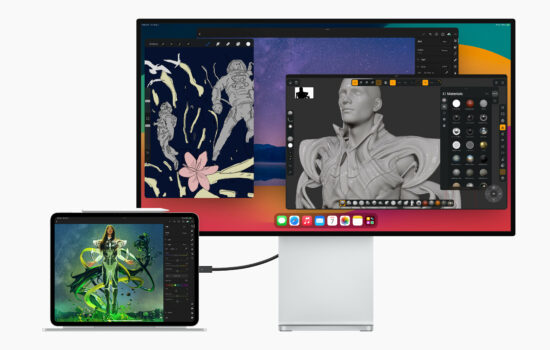During WWDC 2022, Apple showcased a new generation of CarPlay that takes over all screens in a car, not just limited to the entertainment screen, but the instrument cluster as well. The experience was revealed to take over important driver information such as the speedometer, fuel gauge, and even control car functions such as heated seats and air-conditioning. This all may seem exciting, but I personally believe this new experience will not be widely adopted by auto manufacturers the same way the original CarPlay was.Â
What made Apple CarPlay so popular?
When Apple first revealed CarPlay, it was a game changer as it brought the modern UI we are all so used to on our mobile phones and TVs onto our car’s entertainment display. Auto manufacturers are not software companies, making the software interface for maps and media on cars far more inferior to the ones on our phones.Â
Instead of using our phones with a car dashboard phone mount, we could just connect via USB or use wireless CarPlay to sync modern maps, messaging, and other features onto our car’s infotainment display. CarPlay was a boon to auto manufacturers as it made the vehicles they sold more enticing to consumers.
Apple CarPlay was very popular, but the next generation will not be.
Modern cars these days have displays even for the instrument cluster, packed with so many advanced features. Even legacy auto makers such as BMW introduced subscription models for hardware features such as heater car seats. The Mercedes EQ vehicles (packed with beautiful high-resolution displays) have subscription models for increased acceleration. With all this added complexity in new vehicles (gas, hybrid, and electric), it would be nearly impossible for these automakers to integrate every new feature they have with Apple CarPlay.
For example, Apple showcased controlling heated seats and the air conditioning via CarPlay. But what about cruise control? Different vehicles have different types of cruise control, with different levels of automation. Some even have their own branding such as Ford’s “BlueCruise” or GM’s “Super Cruise.” These cars also have different UI for alerting the driver to keep their hands on the wheel or pay attention to the road. Different cars have different safety features that are enabled in different ways.Â
Apple CarPlay modernized old and aging vehicles with a simple UI, but new vehicles (especially electric vehicles) are more modern than what next-generation CarPlay is trying to replace. The old CarPlay solved a problem, the next-generation CarPlay will be adding more problems.
The next-generation CarPlay might be nice for older vehicles with inferior software features, but there is almost no way any modern electric vehicle will be adopting next-generation Apple CarPlay. Companies such as Tesla, Rivian, and Lucid all have unique user interfaces that match their brand aesthetic and features that deeply integrate with the user experience.
For example, Tesla’s maps (however inferior they may be to Apple/Google Maps navigation) integrate deeply with Tesla’s Autopilot, Full Self-Driving, and navigation technology. Autopilot and FSD integrate with the UI on Tesla’s maps to show you lane changes and autonomous driving progress. Tesla’s map also integrates with the company’s charging infrastructure, showing pricing during different times of the day, available charging spots, and other information such as lounge/bathroom access codes.Â
Oh cool the Tesla supercharger âš¡ï¸ gives an estimate of the wait time based on the cars currently charging (short weight). This is really helpful @elonmusk pic.twitter.com/U1fOhst1f7
— Eli Burton (@EliBurton_) November 17, 2020
As different companies build out their own infrastructure, such as Rivian with their Adventure Charging Network, it would not be possible to unify every possible feature in all these vehicles with a single user interface. It would not be practical for consumers and would not allow different automakers to compete.
Apple CarPlay is great for simple, less modernized cars. However, as vehicles become more advanced and deeply integrated, the next-generation Apple CarPlay doesn’t present a great solution as there is no problem to solve here. We will have to wait until 2024 to see which vehicles announce support for the next-generation CarPlay!








